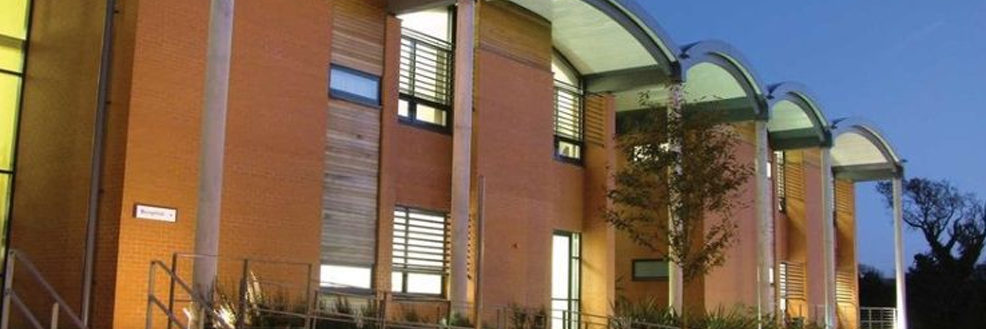A lot of research about corruption in public procurement builds on the availability of data about the contracting process. But what happens after the contract is awarded? Irasema Guzmán, one of the Centre’s PhD researchers, argues that corruption in this phase has unique power dynamics, which she will explore in her work on Mexico
Governments spend large amounts of money in building roads, implementing social programmes, and acquiring equipment for hospitals as part of their responsibilities to deliver public goods, works and services. According to the World Economic Forum (2018), countries around the world spend an estimated 15% of global GDP on public procurement – governments contract firms to supply their needs. However, procurement is also a risky area for corruption, reflecting the extensive public budget involved and the potential for interactions between private and public actors’ interests to distort the original aims.
We know that there are many ways to corrupt the procurement process in order to benefit specific actors via rent-seeking. Research has stressed how actors may take discretionary decisions over procurement to manipulate the process (from planning to tender, award and implementation phases). Since corruption is very difficult to observe and measure, academic efforts also identify corruption risks in all the procurement phases as a proxy to objectively measure corruption, providing a toolkit of indicators (red flags) of possible corruption patterns.
Although there has been great progress in research on corruption and anti-corruption, some gaps remain. We know very little about corruption schemes and risks during the monitoring of a contract and the delivery of the goods, works and services. Why is it important to analyse this last phase?
Firstly, monitoring contracts’ implementation and conclusion allows us to identify particular mechanisms of corruption that may differ from previous stages. For instance, bribery is one of the most explored forms of corruption in the bidding phase; it occurs when public officials shape the process to select a firm which is not necessarily the best option but it is the one that paid the best bribe. However, during contract implementation, suppliers may bribe public officials for not monitoring the project or for hiding irregularities related with the project or service.
Secondly, the context matters. Sometimes that context may include the institutionalisation of informal practices where procurement actors form part of a powerful network. Corruption may be part of organised and complex plans to manipulate formal rules. Currently, in Mexico, the federal government is investigating a triangulation of resources (during last administration) using public contracts where at least USD 450 millions were diverted. Embezzlement occurred during contract implementation and was the result of a complex plan which involved key political actors. Particular forms of grand corruption may arise in the last phase and it is important to understand why they occur.
Finally, the last phase of the process implicates different actors: contract management is often carried out by different officials – at different government departments to those which oversaw the tender at contracting authorities; firms are no longer bidders as they have legally become government suppliers. Also, during this phase, beneficiaries are supposed to receive the goods, works or service, having not been much involved in the process up until now. All these actors have particular interests in terms of the power dynamics that may lead to particular forms of corruption. For instance, where clientelism prevails, it is likely that beneficiaries of social programmes may have supported a certain electoral campaign. Their interest is not only related to the benefit; they might also be thinking about the next election.
One of the main challenges as a PhD researcher in this field is the lack of evidence and missing data. There is not enough information disclosed about the performance of a contract and whether a good or service was delivered effectively or not. I will analyse external audits related to procurement, where irregularities are reported. The research aims to explain how the power dynamics among actors in this phase result in different forms of corruption, unique to contract implementation and conclusion. My research will focus on Mexico, a country that has implemented several reforms to adapt norms to international standards and anti-corruption strategies. However, evidence suggests that in practice, informal practices and corruption schemes override the formal rules.


Leave a Reply